Population and Social Characteristics
These Countries Are Home to the Most Atheists

Published:
Last Updated:

Throughout history most people have had strong beliefs in religion, but in modern times atheism has grown in popularity. This article will look at which countries have the highest percentage of atheists and some reasons why fewer people believe in the supernatural there.
24/7 Wall St. Insights

What we’ll share with you can help you reflect on your own opinions about religious ideas and be better prepared not to assume others are, or are not, religious without getting to know them first. It also helps us understand why, in an attempt to treat everyone equally, government and businesses may increasingly attempt to take a neutral stance on holidays and other elements of religions. First up, we’ll review some of the most common worldviews when it comes to belief in God.

Polytheism is the belief that there are many gods and goddesses. Each might have control over a different aspect of the world, like the sea, agriculture, or fertility, or their power might be limited to a particular country or region. Hinduism and almost all indigenous cultures around the world have had this view.

Pantheism holds that the universe and God are the same thing. The universe is a spiritual, divine entity. This is a view of some traditions in Hinduism, Taoism, and some smaller religions. It is also a popular view among some “New Age” nature-based religions.

Monotheism: there is just one God over the whole universe. This is a view of Judaism, Islam, and Christianity. However, the Christian view is a complex Trinity: there is one God that is at the same time three, personified as the Father, the Son (Jesus Christ), and the Holy Spirit.
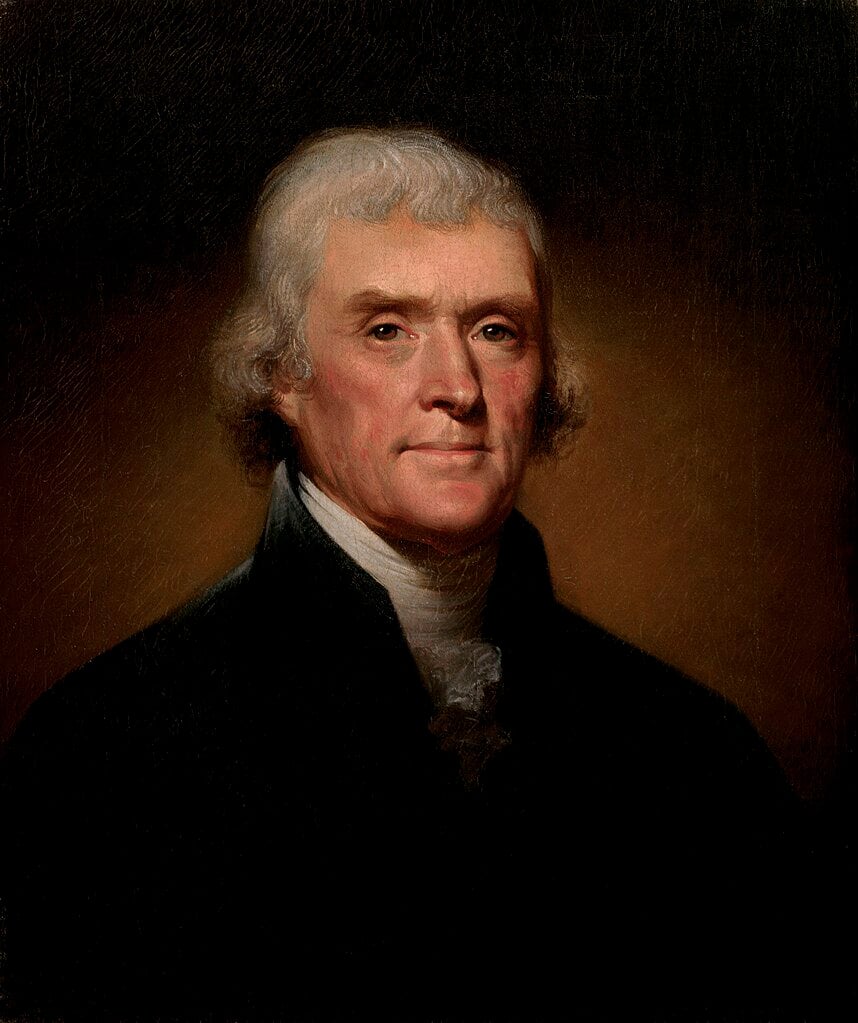
Deism is the belief that a supernatural being created the world, but then left it to run according to logical natural laws without interfering in it. It was the view of the French philosopher Voltaire as well as George Washington, Thomas Jefferson, and most other American founding fathers.

We’re calling atheism a “traditional view” because there have always been people who doubted the existence of God, even in ancient times. To be an atheist means a person does not believe in God. By contrast, a person who leaves open the possibility that God exists and doesn’t feel like they have enough data to commit either way is called an agnostic. In everyday life, many people whose views are actually agnostic identify themselves as atheists. Secular humanists, Jains, and some Buddhists have views that could fit the definition of atheism.

These are some well-known atheist thinkers who have helped shape this philosophy:

Scientific discoveries are one of the factors in the rise of atheism. Over time researchers have found natural explanations for things that people previously explained with religion.

Atheism is strongly correlated with higher education. Western educational models teach critical thinking and promote ideas that people find challenging to religious traditions. Unable to reconcile the two, some people make the choice to reject religion.

Access to internet, travel opportunities, and ubiquitous Western media have exposed people to different worldviews and promoted tolerance for cultural diversity. This has diminished many people’s belief in the objective truth of religious traditions and made them seem more like the products of local cultures.

Religious extremism such as terrorist attacks and some groups’ political activism in issues like LGBTQ+ rights and abortion have made religion in general seem oppressive and regressive. Society has become more accepting of people who reject religion, so they are not as hesitant to make their views known. This in turn influences others with those ideas.

The increase in the numbers of atheists in the world has happened along with the spread of Modernist philosophy that started to take off starting in the 17th century with the Great Enlightenment. Modernism emphasized finding truth by means of the scientific method. As supernatural concepts could not be studied with the tools of science, they were dismissed.

A challenge to modern atheism is the rise of postmodernism since the 1960s. Postmodernism teaches that truth is relative to the individual, so that something can be true for one person and not for another. It rejects attempts either by any one religion or philosophy (including modernist science) to know universal objective truths. This makes it socially unacceptable to challenge others’ ideas, even if they do not agree with demonstrable facts. Thus, atheists who are aggressive in speaking against religion may be seen as intolerant as religious people who speak against atheism.

It is hard to gather and sort demographic information on atheists around the world. In some countries there is still a deep stigma against them. It’s also hard to sort out who is an atheist in the strict sense of the word versus an agnostic or a person who follows a religion that is more of a philosophy without the worship of a god, such as Buddhism.

A 2023 survey by the Pew Research Center turned up this data about atheism in the United States:
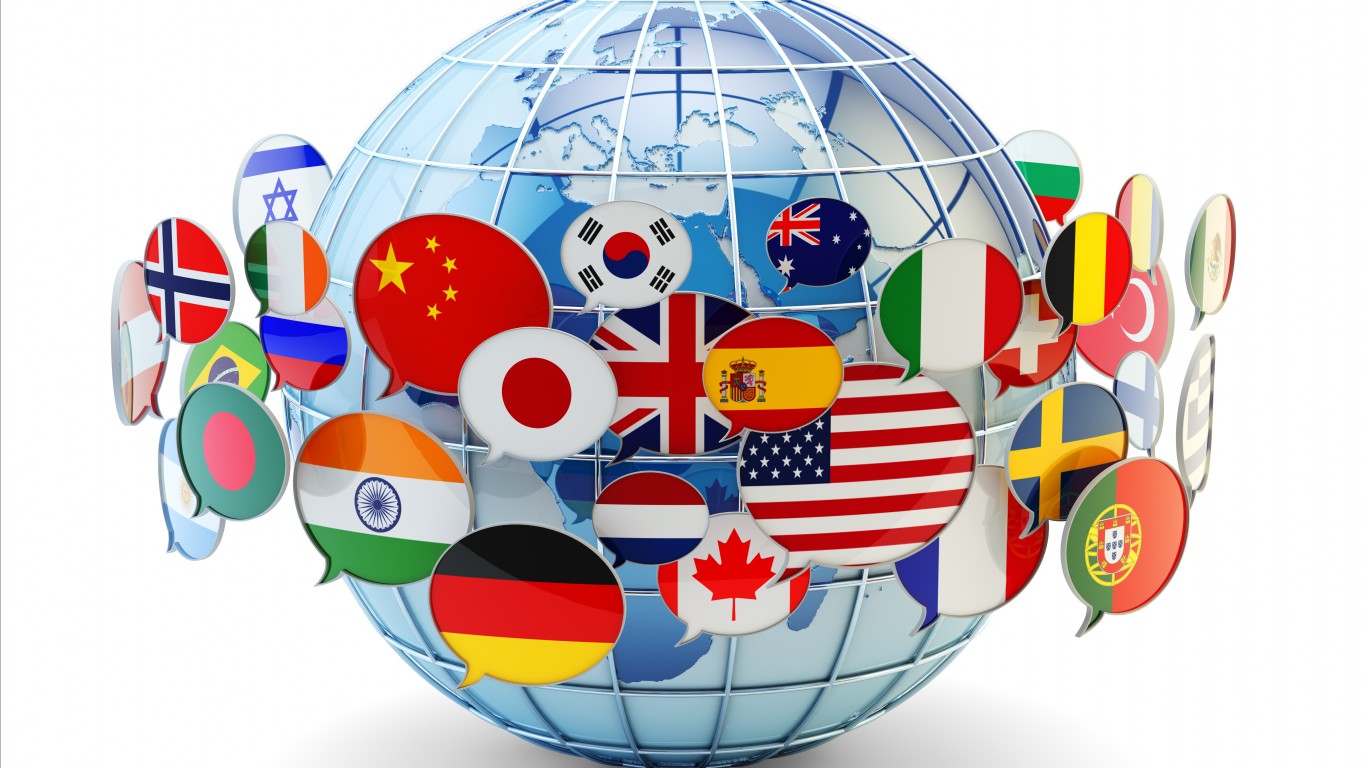
Following are the countries with the highest number of atheists according to survey data from 2022 in ascending order.


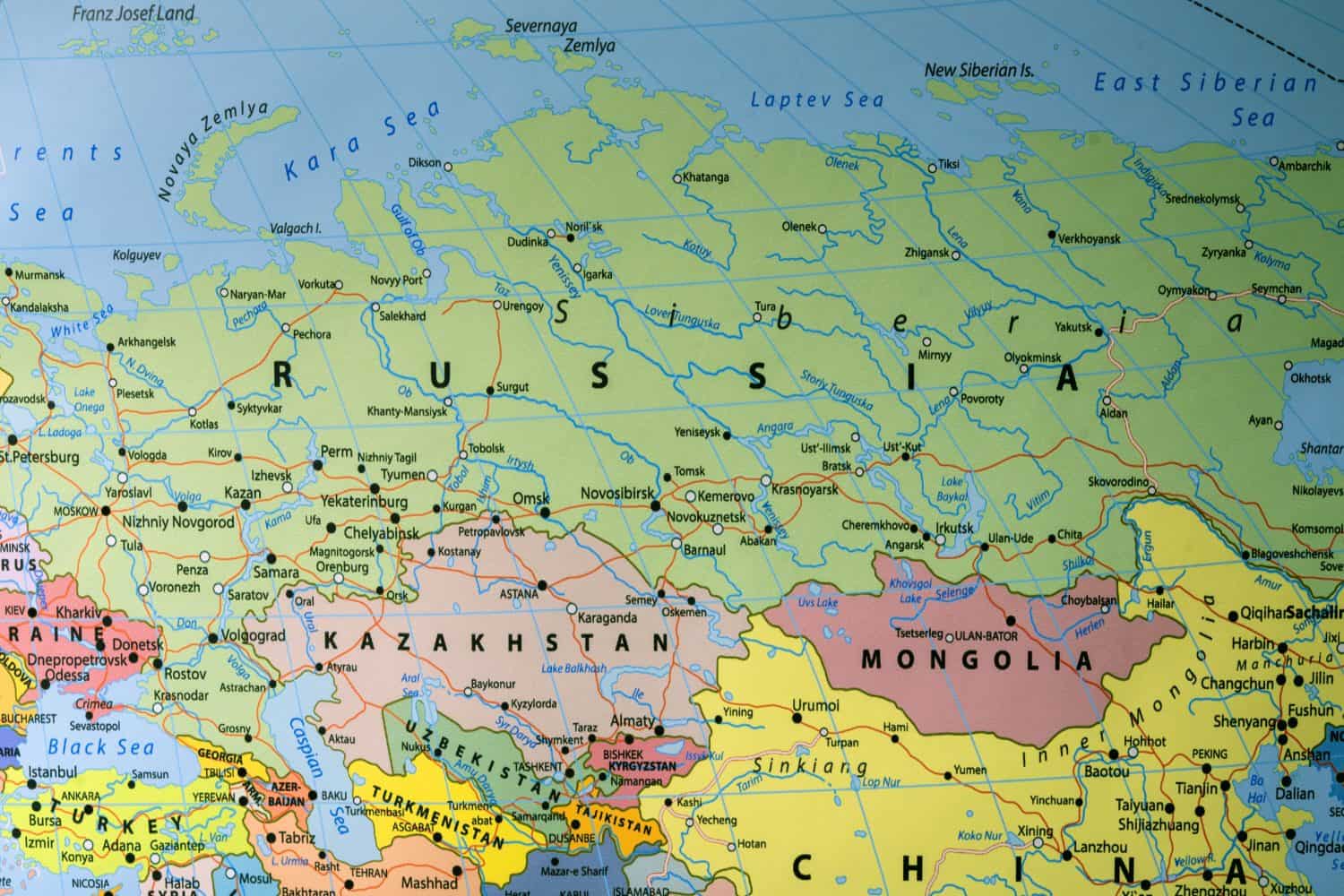
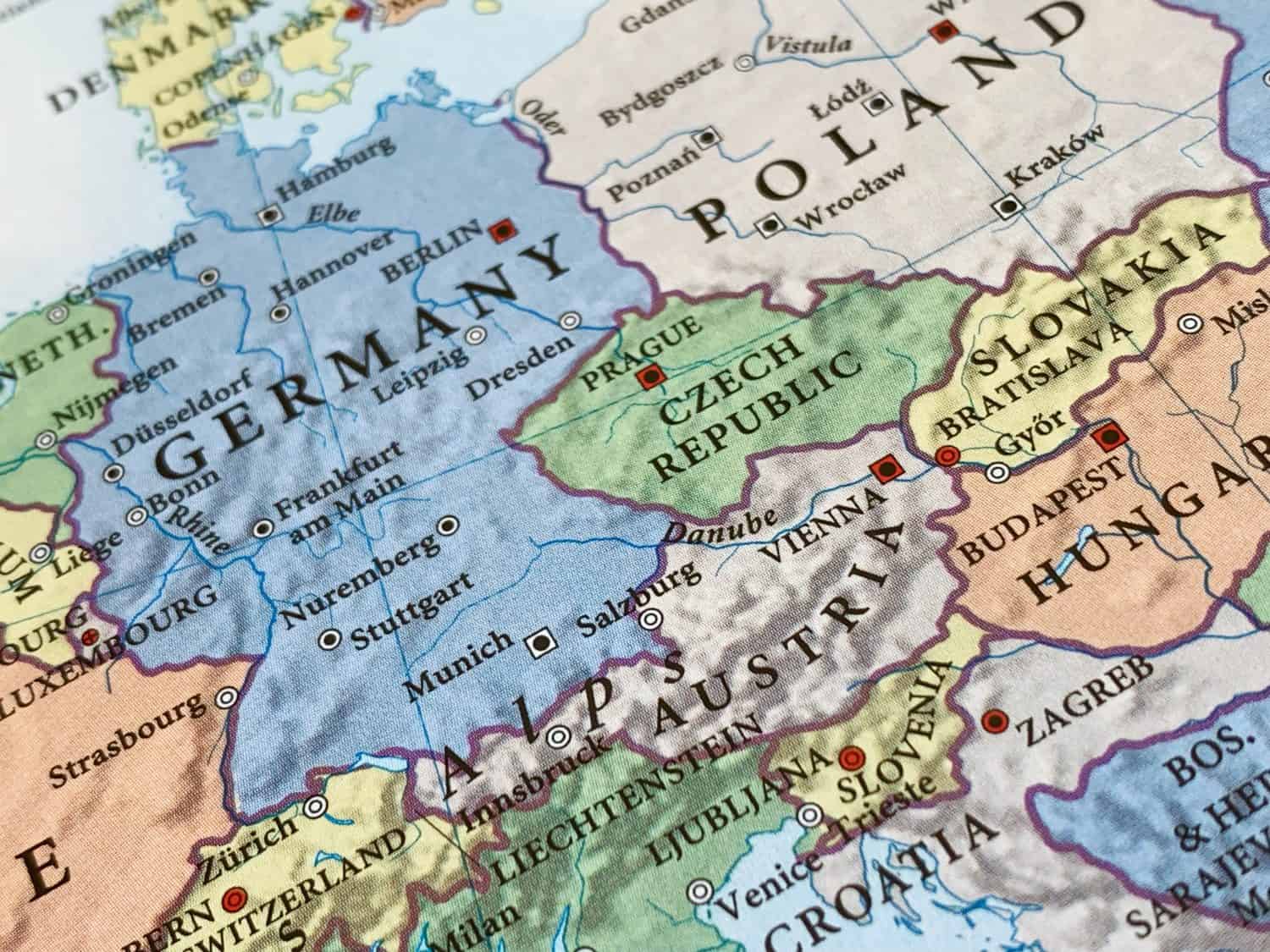

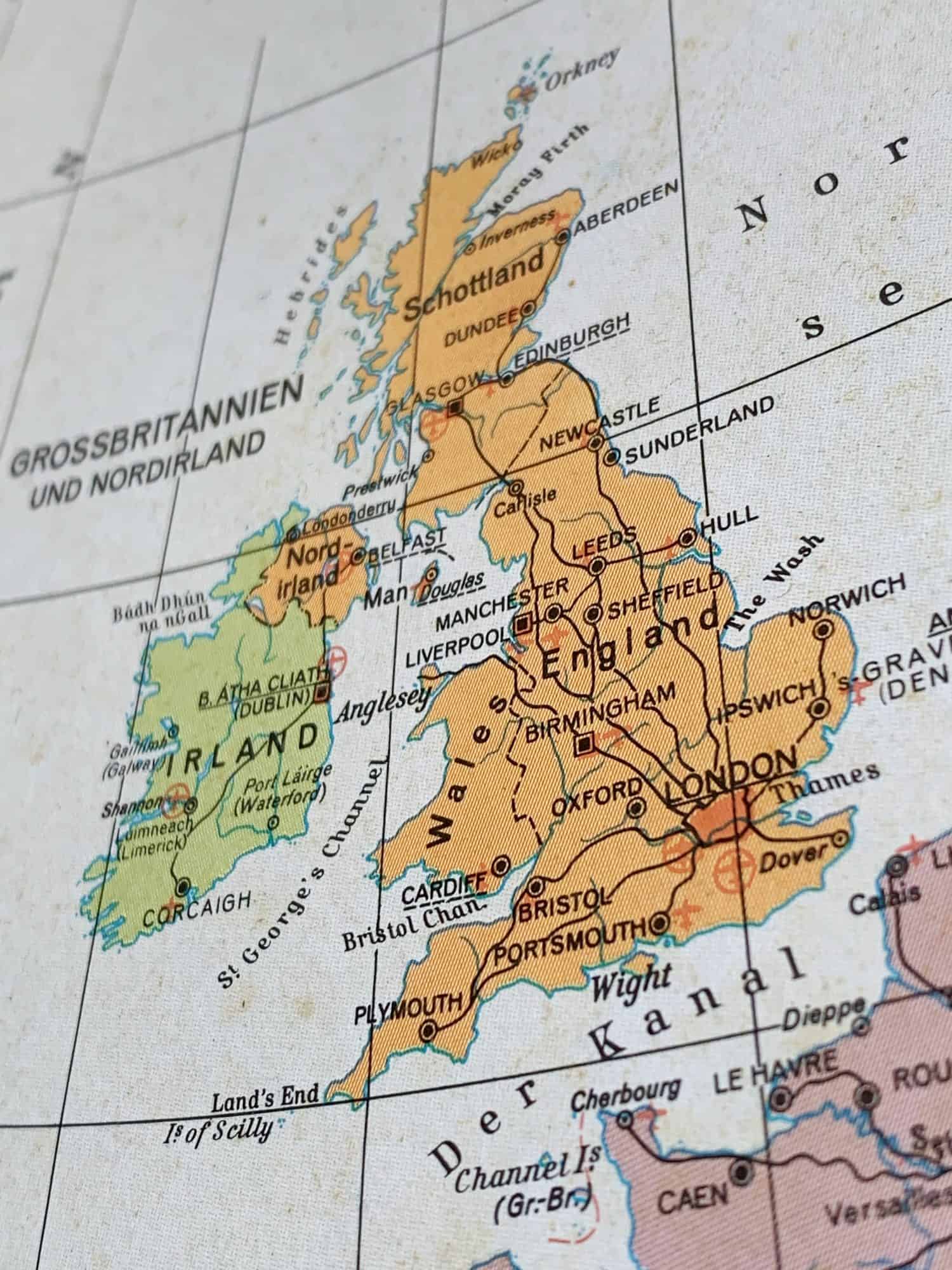
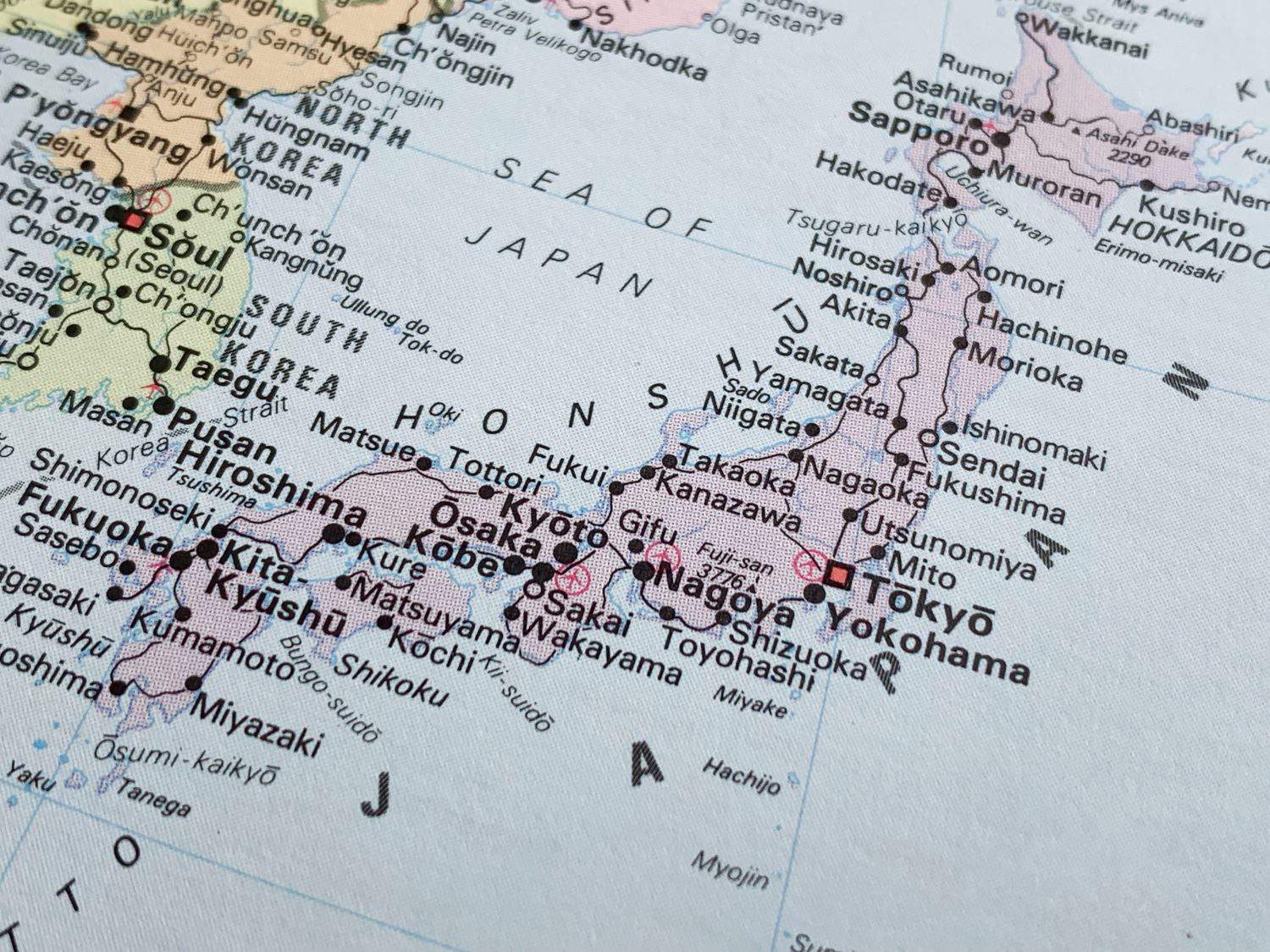
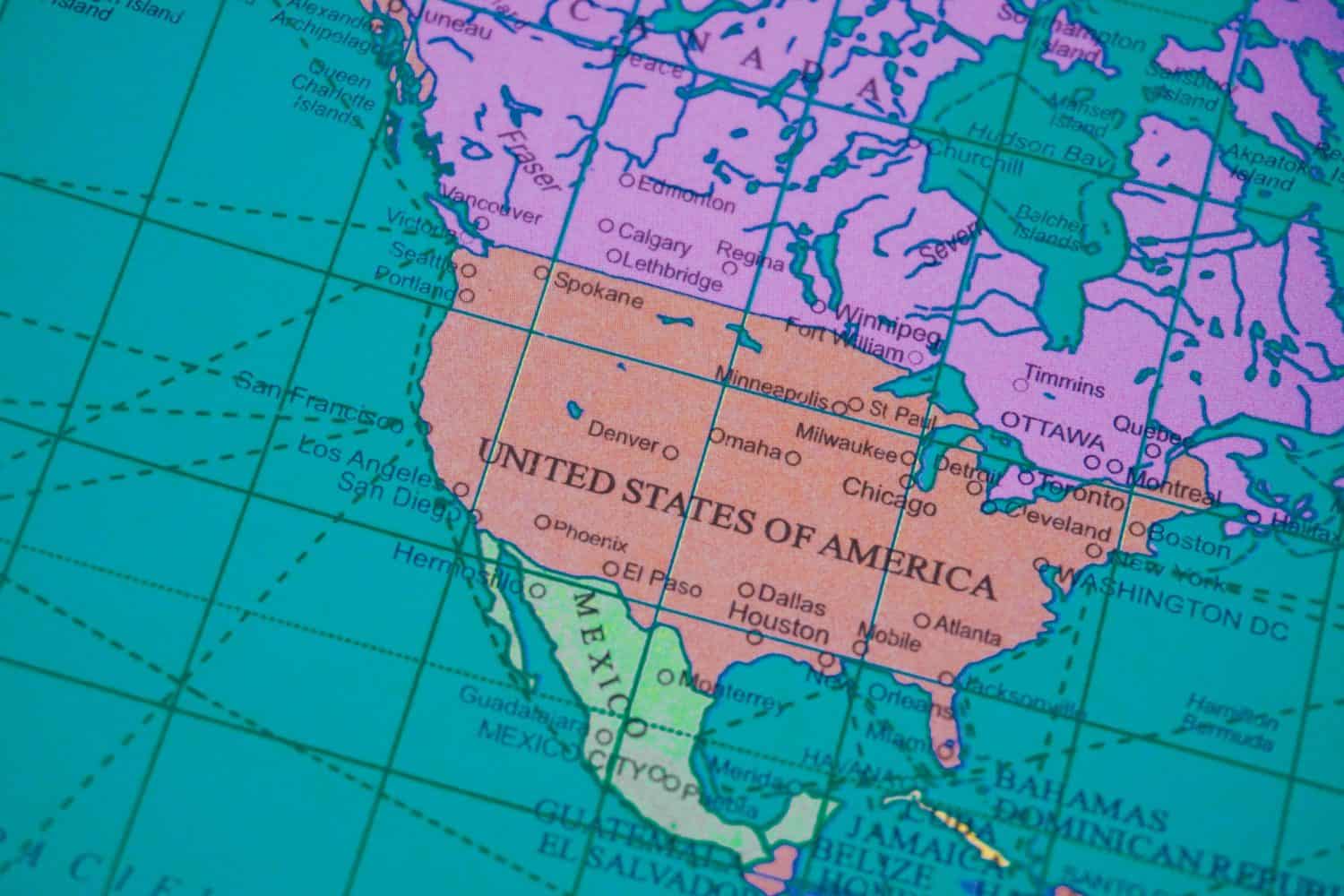



The future of atheism is difficult to predict. It is true that the numbers of declared atheists in the world have increased in recent decades as a result of globalization, education, and cultural factors. But it is also true that postmodern philosophy has removed the stigma of holding religious beliefs or unconventional and unsupported views about scientific topics like the thoroughly-disproved notion of a flat Earth.
It’s safe to say that both religion and atheism will persist through human history. Some people will move from one to the other; other people will try to find some kind of middle ground. But one way or the other, humanity will continue to be fascinated by the question of whether God or gods exist.
The thought of burdening your family with a financial disaster is most Americans’ nightmare. However, recent studies show that over 100 million Americans still don’t have proper life insurance in the event they pass away.
Life insurance can bring peace of mind – ensuring your loved ones are safeguarded against unforeseen expenses and debts. With premiums often lower than expected and a variety of plans tailored to different life stages and health conditions, securing a policy is more accessible than ever.
A quick, no-obligation quote can provide valuable insight into what’s available and what might best suit your family’s needs. Life insurance is a simple step you can take today to help secure peace of mind for your loved ones tomorrow.
Click here to learn how to get a quote in just a few minutes.
Thank you for reading! Have some feedback for us?
Contact the 24/7 Wall St. editorial team.